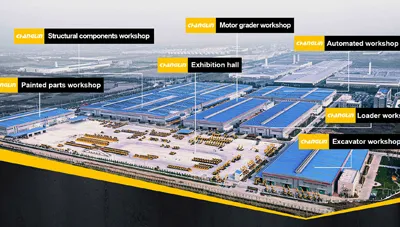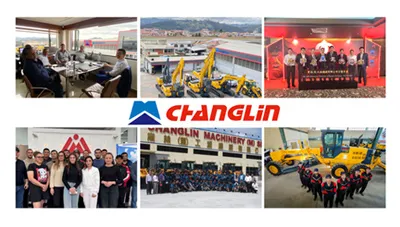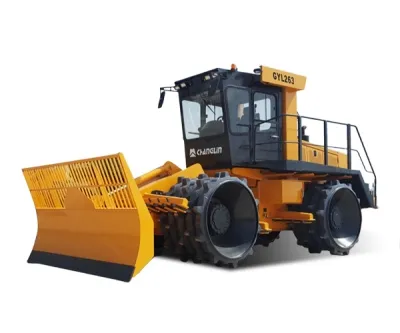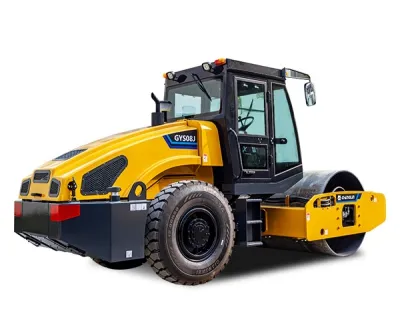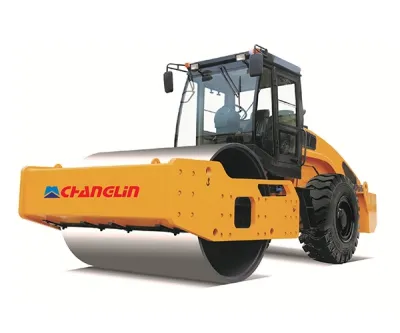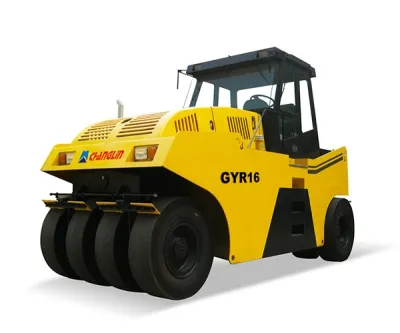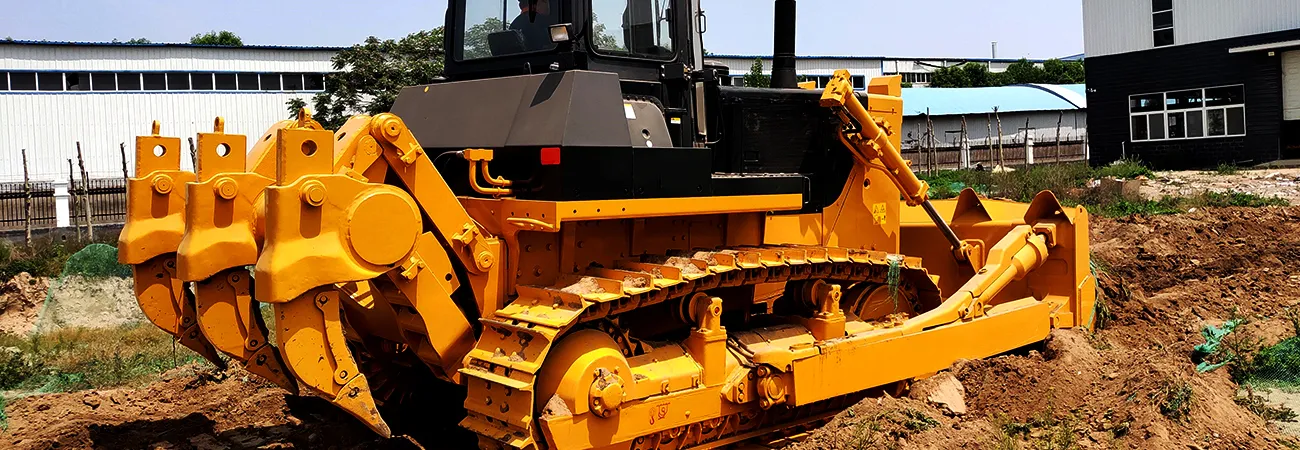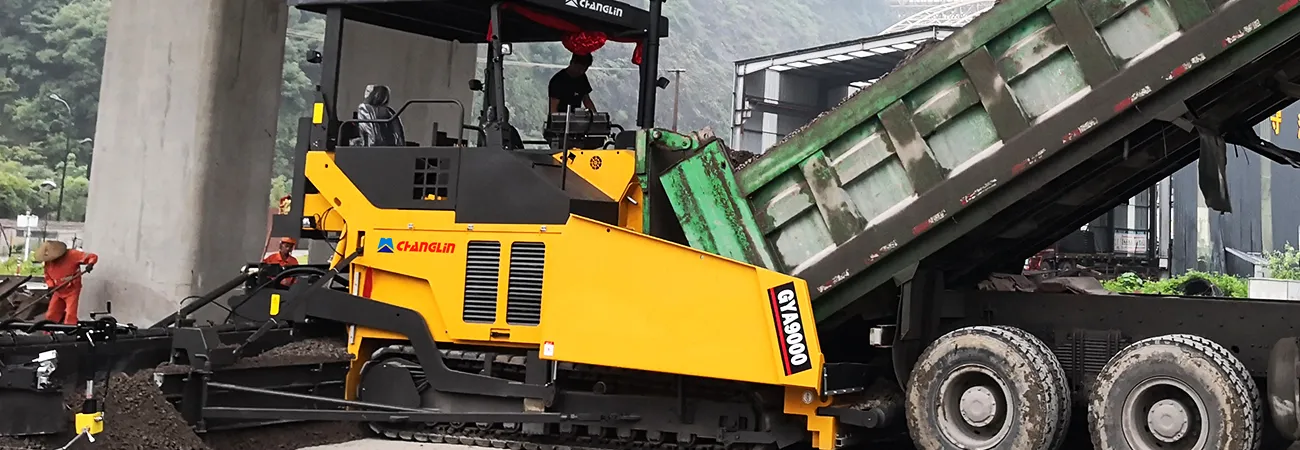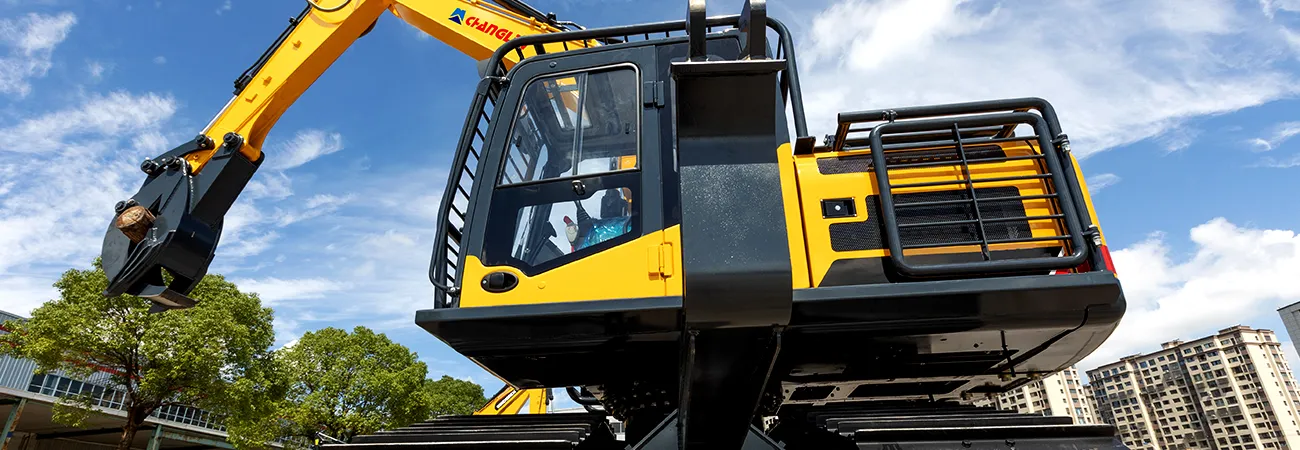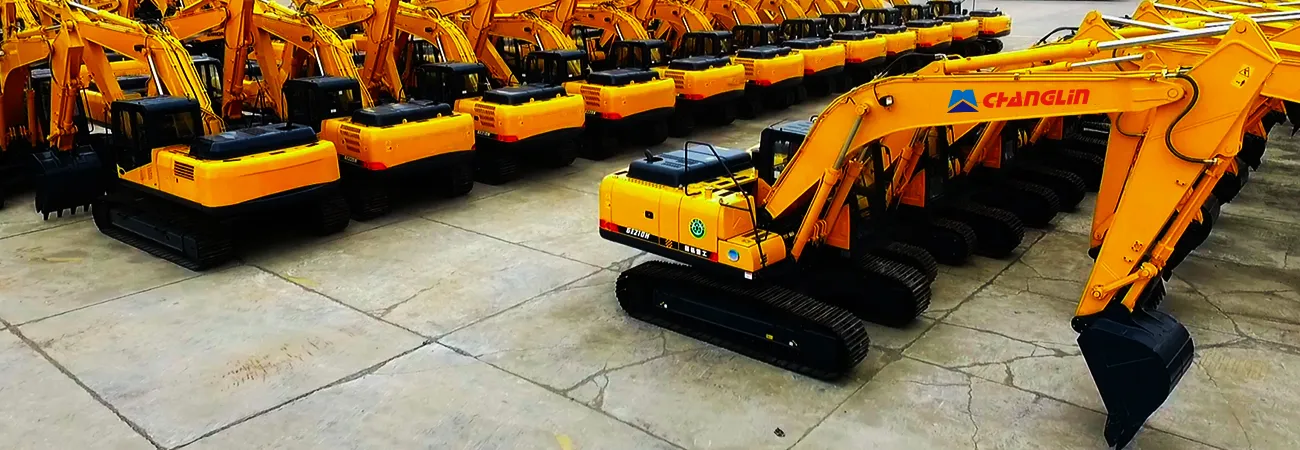
The roller uses specially designed pneumatic tires that adapt to different compaction requirements by adjusting load and air pressure. This setup delivers consistent pressure across the surface without leaving marks or damaging materials, making it ideal for asphalt layers and stabilized soil bases.
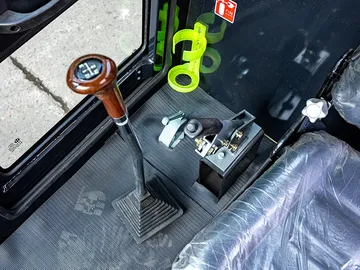
A transmission system with integrated synchronizers allows for smooth gear transitions. Operators can manage both direction and shifting from a single lever, making everyday operation simple and responsive.
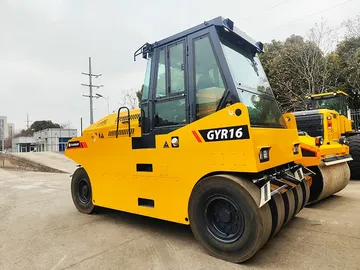
The hydraulic travel system combines a closed-circuit piston pump with dual-wheel drive. High and low gear options support transitions between fast travel and strong climbing ability, ensuring reliable movement across various job site conditions.

A high-efficiency cooling system is built to handle extended operations under intense workloads and high ambient temperatures, helping maintain stability and performance.
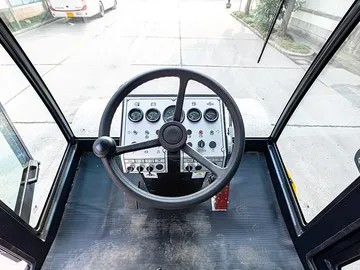
The enclosed cab comes standard, offering a wide, open view and a more protected workspace. Heating and air conditioning are available as optional features to enhance comfort in all weather.
- Model GYR16
- Operating weight 10000kg
- Counterweight 6000kg
- Max. operating weight 16000kg
- Compaction width 2280mm
- Tire number F4, R5
- Tire model 11.00-20
- Max. travel speed 17.4km/h
- Wheel base 3800mm
- Gradeability 30%
- Min. turning radius 7500mm
- Engine model Cummins
- Rated power 75kW
- Rated speed 2200rpm
- Dimension (L×W×H) 4780×2280×3200mm
- Transmission mode Mechanical
- Fuel tank capacity 223L
- Hydraulic oil tank capacity 91L
SINOMACH has developed a global footprint, with marketing and service systems covering over 100 countries and regions.
Subsidiaries in West Africa, India, and South Africa, a joint venture in Malaysia, with offices in Mexico, Argentina, and the Philippines.
Supplied large-scale turnkey equipment packages including excavators, loaders, bulldozers, rollers, and graders for major infrastructure projects in Africa, mining operations in South America and the CIS, highways in West Africa, and engineering projects across Central Asia.


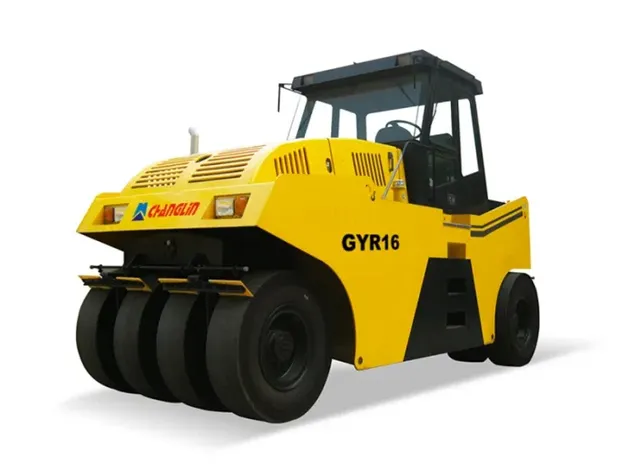

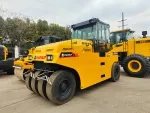
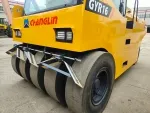
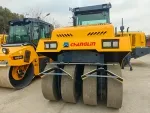
 Operating weight 10000 kg
Operating weight 10000 kg Compaction width 2280 mm
Compaction width 2280 mm Rated power 75 kW
Rated power 75 kW